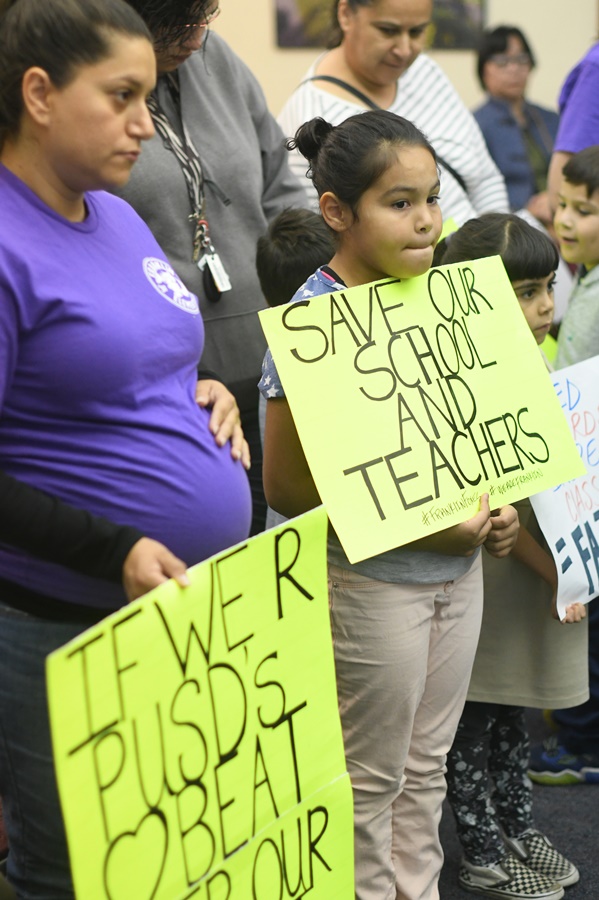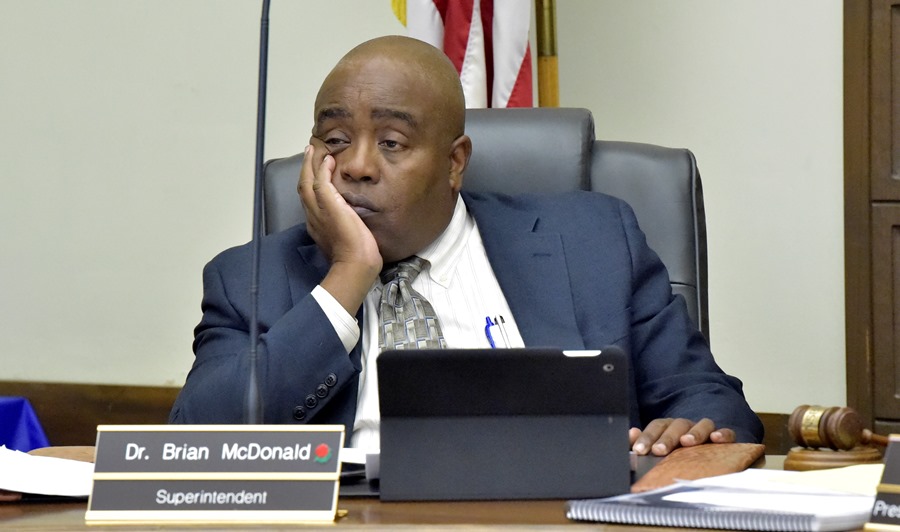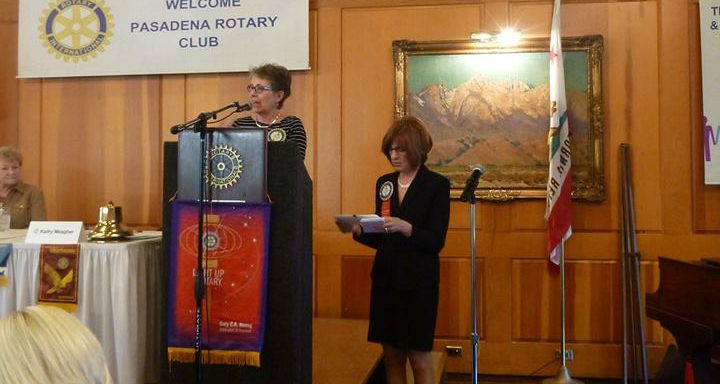
LA teachers are off the picket line, but Pasadena teachers may be next
By John Orona
After a seven day teacher strike and some all-night negotiations, more than 800,000 students and 25,000 educators will return to class this week. But as the dust clears in the battle between Los Angeles Unified School District (LAUSD) and the United Teachers of Los Angeles (UTLA), the stage is set for a larger education struggle across the nation and in Pasadena.
This week UTLA won a six percent pay raise, a four-student decrease in class size by 2021, 300 more nurse positions, more than 80 library teacher positions, 17 more counselor positions this year, a commitment to reduce testing by 50 percent and a future board vote on whether to cap charter school expansion.
According to LAUSD Superintendent Austin Beutner, the tentative agreement will, “strengthen the voice of educators and provide more collaboration for all who work in our schools.”
Last year, teachers throughout the U.S. —in places as unlikely as Arizona, Kentucky, West Virginia and Oklahoma— formed picket lines, protested, and marched for demands very similar to what UTLA has earned and what the United Teachers of Pasadena (UTP) are asking for now as they negotiate their next contract.
Like UTLA, the 900 teachers, librarians, nurses, psychologists and speech pathologists represented by UTP are asking for better pay, smaller class sizes, more support staff, increased health benefits and a slowing of charter school growth.
With overwhelming public support for teachers in Los Angeles, the potential for wildcat strikes in Oakland and Denver soon, and more state and local school funding expected, the landscape of Pasadena’s contract negotiations may have just shifted drastically.

Although the Pasadena Unified School District (PUSD) and UTP continue to negotiate and are not at the stage of striking yet, recent national sentiment and a lack of confidence in PUSD Superintendent Brian McDonald make it a distant but real possibility.
“The position of superintendent calls for a superlative ‘instructional leader.’,” the union wrote in a letter imploring the PUSD not to extend McDonald’s contract. “However, in Superintendent McDonald’s tenure, the morale of educators has deteriorated remarkably.”
Educators in the LAUSD and PUSD face many of the same challenges: California ranks 41 st in per pupil spending, according the California Budget and Policy Center, and both districts are at about twice the American School Counselor Association’s recommended ratio of one counselor for every 250 students.
However, PUSD faces additional specific obstacles with declining staff and 22 mis-assignments last year, mostly in Special Education. The district is also on average 19 points behind state English language arts standards and 49 points below math standards with only 36 percent of graduates “college or career prepared.” English learners, foster youth and students with disabilities are especially lagging in these performance metrics.
One potential solution is also a bargaining issue: class size reduction. According to a 2001 Vital Research study, reducing the class sizes in LAUSD over the study period helped improve language testing scores by 15 percent and math scores by 14 percent. According to the latest data from the National Education Association, California is ranked highest in average class size and PUSD is above the national average of 27.
Now with additional local school funding from Measure J and an $80 billion increase for education in the latest state budget, district officials and teachers are encouraged but wary as both groups will have to re-assess their positions in light of a shifting fiscal and political scene.







